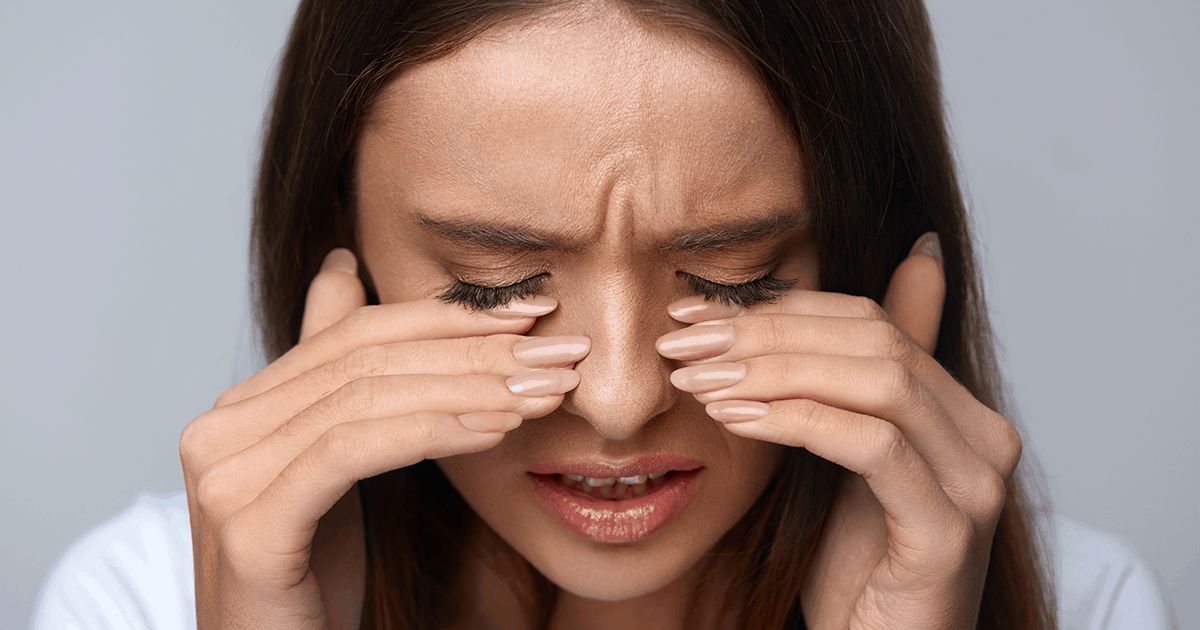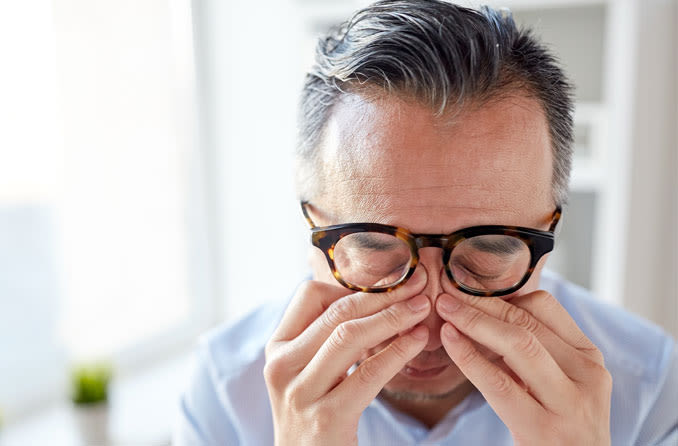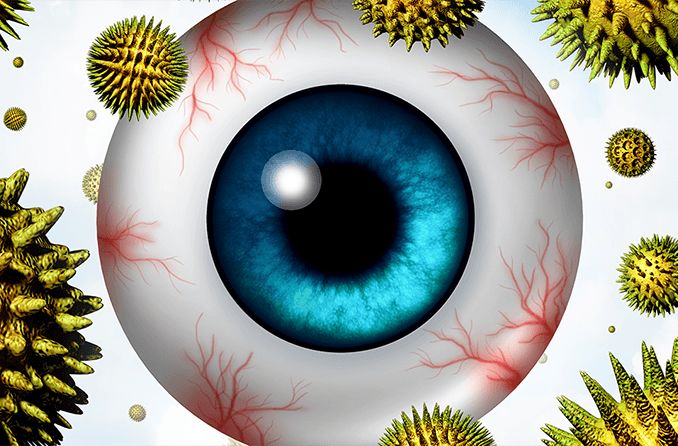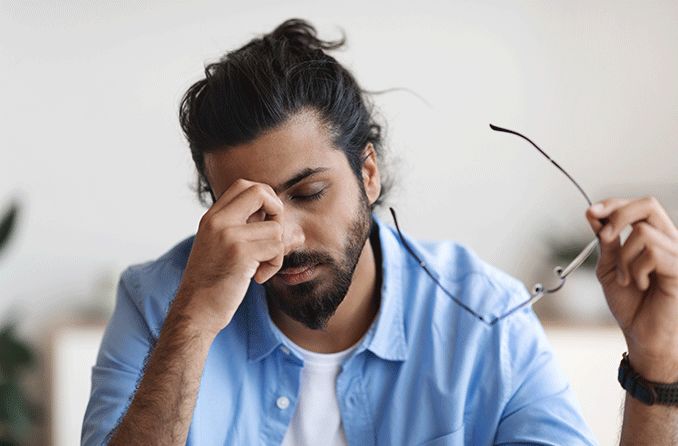What is a headache?
A headache is a common type of pain in your head or face. It can range from a dull ache to agonizing pain. Some headaches hurt so much that you feel like you need to go to the hospital to get relief.
Headaches can be caused by something else or happen on their own. About 16% of the people on Earth will have a headache on any given day.
Most headaches only happen once in a while. Chronic (repeating) headaches can change the way someone lives their life. Medicine and lifestyle changes may help you get fewer, less painful headaches.
Some headaches have an underlying cause, but others don't. This is why doctors classify headaches as either primary or secondary.
Primary headaches
A primary headache is not a symptom of another problem or health condition. The headache itself is the condition. Doctors usually don't know why they happen.
Even though primary headaches don't have an underlying cause, events and objects in your everyday life can still "trigger" one.
Tension headaches and migraines are diagnosed in two ways, depending on how often they happen:
Episodic – Episodic headaches happen between one and 14 times per month. Headaches that happen less than once a month (on average) are called infrequent episodic headaches.
Chronic – Chronic headaches happen 15 or more times per month.
Tension
Tension headaches are the most common type of headache. As many as four out of every five people will get them at some point in their lives.
Doctors also call them tension-type headaches or TTH for short.
Tension headaches cause a dull, constant ache. They can also make parts of your head, face or neck feel tender to the touch.
A tension headache can affect your daily activities, but it usually won’t cause severe pain. It shouldn't make you feel sick, either.
Researchers don't know exactly why they happen, but they think tension headaches could be caused by trigger points in your muscles. Sleep problems could contribute, too.
Certain things can trigger a tension headache in some people. Stress and bad posture are two of the most common. Problems like eye strain can also be triggers.
Doctors may recommend over-the-counter pain relievers to help with occasional tension headaches. Sometimes, a hot or cold compress can help you feel better.
Your doctor might recommend prescription medication for chronic headaches.
Prevention techniques like relaxation, meditation and counseling may help you have fewer or more mild headaches.
Migraine
Migraines usually hurt more than tension headaches. Most feel like a throbbing pain on one side of your head.
A migraine can also make you feel extra sensitive to light and sound or make you feel sick to your stomach. Many people vomit during a migraine.
About one in every eight Americans gets migraines. Women are three times more likely to get them than men.
The two common types of migraines are:
Migraine without aura – An intense headache that comes with nausea, vomiting, sensitivity to light and sound, or all of these symptoms.
Migraine with aura – Temporary eyesight, nerve or speech changes that come and go shortly before the other migraine symptoms start.
Almost all migraine auras change your vision for a little while. They can make zigzag lines, flashing lights, blurry spots and other visual effects appear in both eyes. You can even see them when you close your eyes.
An aura can also cause symptoms like numbness and tingling. Some people have problems talking or understanding language until the aura goes away.
An aura usually lasts between five minutes and an hour, no matter which symptoms you get.
Some people see an aura but don't feel any migraine pain afterward. This is called a visual migraine, but doctors call it an acephalgic migraine. It can be easy to confuse with serious eye problems like a detached retina.
Researchers aren't sure exactly what causes migraines, but genetics play a part. You're more likely to get migraines if one of your parents gets them too.
A trigger can bring on a migraine, but it isn't the reason you get migraines in the first place.
Migraines can't be cured, but doctors can prescribe medications that treat a headache once it starts. They can also suggest medicine and lifestyle changes to help you get fewer migraines.
Cluster
Cluster headaches come on quickly, and they're very painful. They're rare.
Most cluster headaches last between 15 minutes and 3 hours.
During this time, you'll feel intense pain on one side of your head, above one eye or near one of your temples. You might feel restless or stressed, too. Your eyes might hurt or look red, and you may notice your eyelids drooping.
Cluster headache attacks can happen for weeks or months and then go away for several months or even years (remission). These are called episodic cluster headaches.
When the attacks don't go away, they're called chronic cluster headaches.
Most people who get cluster headaches start getting them between ages 20 and 40. They're three times more common in men than women.
A doctor can prescribe treatments and therapies to help you get fewer cluster headaches or stop one that's already happening.
New daily persistent headaches
A new daily persistent headache (NDPH) starts without warning and lasts for three months or longer. Some go on for years, and some never go away at all.
Treating NDPH is a lot harder than treating most other kinds of headaches. It can also be harder to diagnose.
Doctors use many of the same medications to manage NDPH that they use to prevent migraines. Many people with NDPH work with several different doctors to develop the best management plan.
NDPH can affect someone's ability to do everyday things, such as caring for their family, going to work or spending time with their friends. This can lead to depression, anxiety or other mental health conditions. If someone already has one or more of these conditions, NDPH might make them worse.
Certified mental health professionals can recommend many different techniques and treatments to help people adapt to the challenges of chronic pain.
Sinus and allergy
"Sinus headaches" and "allergy headaches" aren't actual medical conditions. But other kinds of headaches (like migraines) can cause symptoms that feel like sinus or allergy problems.
One study found that 88% of patients who thought they had sinus headaches were actually having migraines. More than four out of five migraine patients felt pain or pressure in their sinuses. Three out of five people had a stuffy nose.
Some sinus and allergy problems can act as triggers for other primary headaches. A sinus infection can cause headaches too, but it's rare. The pain should go away once the infection clears up.
Allergies can inflame your sinuses, but researchers aren't sure that this causes headaches. In this case, it's more likely that your allergy headache is a different type of headache altogether.
A specialist doctor called an allergist can help you decide whether allergies are causing your symptoms.
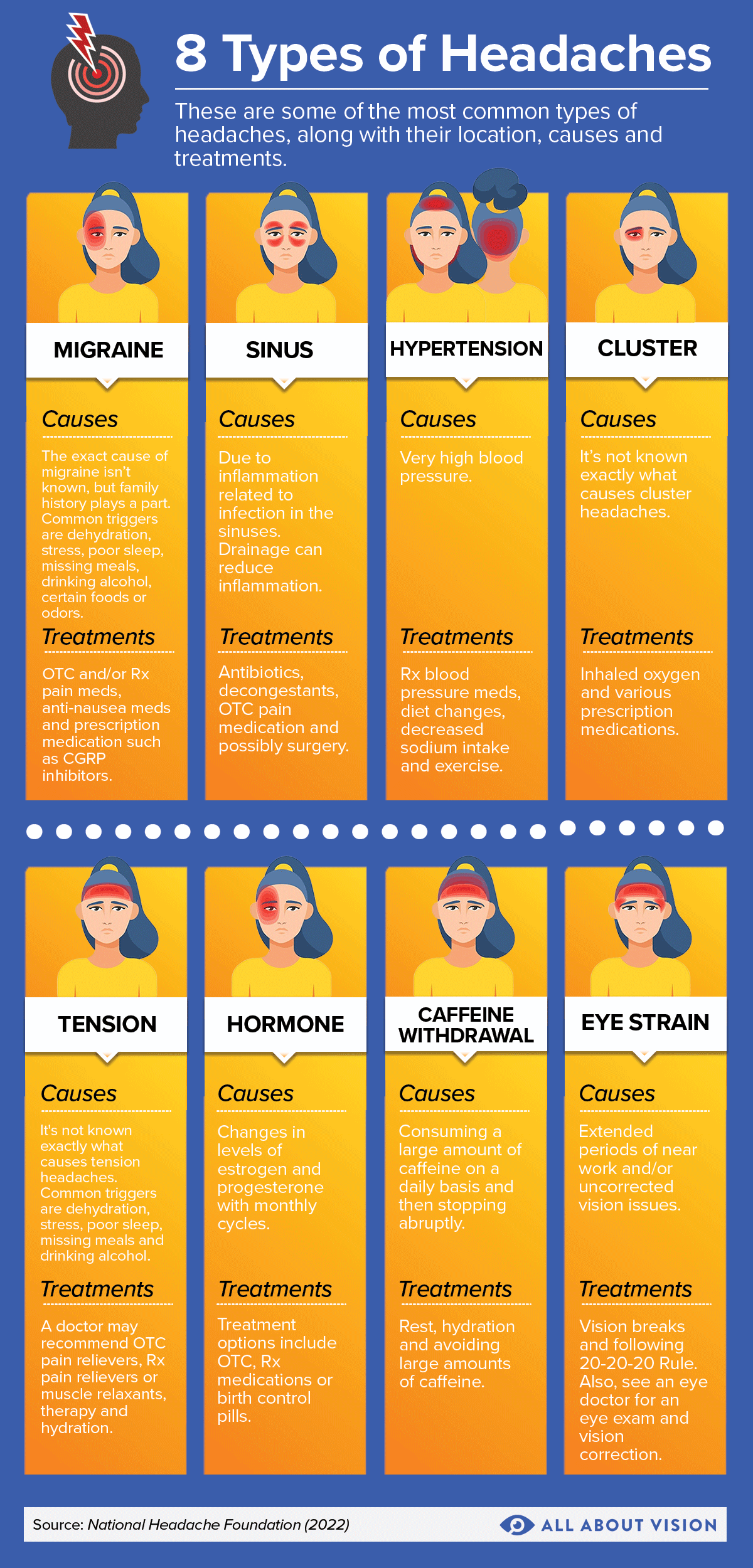
Other primary headaches
These aren't the only types of primary headaches. Others include:
Hypnic headache – Pain that starts while you're asleep and wakes you up.
Nummular headache – You feel pain in a small, round area on your head, about the size of a coin.
Stabbing headache – The feeling of one or more sharp jabs in your head. They're also called "ice pick headaches."
Thunderclap headache – Severe pain that lasts for five minutes or more. Some people describe it as feeling like a clap of thunder inside their head. They're easy to confuse with the pain caused by blood vessel problems in your brain.
Hemicrania continua – Similar to a new daily persistent headache, except treatable with a drug called indomethacin. Pain is always on one side of the head.
Some of these can happen at the same time as another primary headache, including a migraine. They can also be caused by a medical problem or be confused with a more serious type of headache.
Talk to a doctor any time you feel new pain in your head.
Secondary headaches
Secondary headaches are caused by a change somewhere in your body. This can be something simple (like eye strain) or something more complicated (like high blood pressure or a serious infection).
Some secondary headaches can feel like primary headaches, and vice versa. This is why it's so important to get diagnosed by a doctor.
Eye strain
Common eye problems called refractive errors can make you strain your eyes to see more clearly. This can give you a headache.
The four most common refractive errors are nearsightedness , farsightedness, astigmatism and presbyopia. They're usually easy to correct with eyeglasses, contact lenses, reading glasses or vision surgery.
An eye doctor will need to write a prescription for eyeglasses and contacts since they're made to your eyes' exact measurements.
People with 20/20 vision can get headaches from eye strain, too. But they're usually tension headaches, since the strain isn't caused by the structure of their eyes.
LEARN MORE: All About Myopia
Rebound
Taking the same pain medicine for too long can cause rebound headaches. Doctors call them medication-overuse headaches.
Most rebound headaches happen to people who are treating the pain from a different headache. Prescription medicine and drugs that don't need a prescription (over-the-counter) can both lead to rebound headaches.
For example, you may take acetaminophen (Tylenol) several times a week for tension headaches. It can help at first, but after a while, the medicine itself can start to cause pain that feels like a tension headache.
It can feel hard or even impossible to do everyday things without taking pain medicine. Rebound headaches stop once you stop taking the drug, but it can be a painful and frustrating cycle to break.
Doctors can use many different techniques and medications to help you break the rebound cycle and manage your headaches.
Caffeine withdrawal
If you have at least one or two 8-ounce cups of coffee every day (200 milligrams of caffeine) and then stop, you could get a caffeine withdrawal headache within 24 hours.
A caffeine headache should go away when you do one of two things:
Have at least 100 milligrams of caffeine.
Wait a week for the headache to go away on its own. Some go away sooner.
Most people can safely consume up to 400 milligrams of caffeine a day (about 2 to 4 cups of coffee), but it's still a stimulant drug. Other drugs can cause withdrawal headaches, too.
Substance withdrawal
Other substances besides caffeine can cause withdrawal headaches, too:
Opioids – Headaches that begin after someone takes opioid medication for longer than three months and then stops. They usually go away within a week of stopping medication.
Estrogen – Headaches that develop after someone stops using certain estrogen hormones. They're often found in birth control pills and hormone replacement therapies. The headache can last up to three days.
Other substances – Withdrawal headaches that happen when you take or ingest a substance everyday for several months, then stop. This may include drugs like antidepressants and steroids, but the research isn't clear yet.
Hypertension (high blood pressure)
You can get a headache if you have hypertension and your blood pressure gets dangerously high (180 mm Hg systolic and/or 120 mm Hg diastolic). You'll usually feel pulsating pain on both sides of your head.
This is a medical emergency. Get help right away if your blood pressure gets this high. Without treatment, it can lead to a stroke, organ damage, memory loss and other serious problems.
As far as doctors know, mild and moderate hypertension don't cause headaches.

